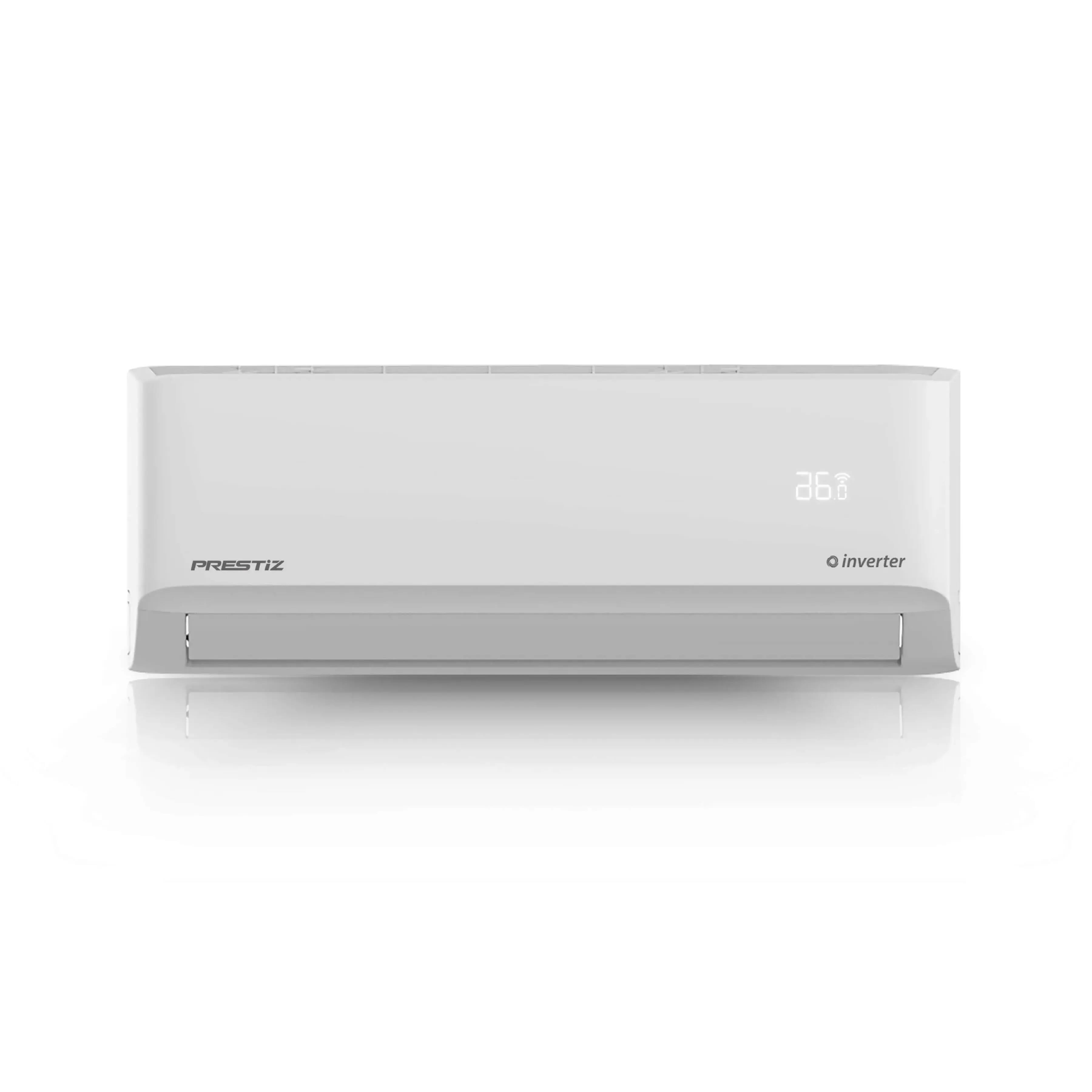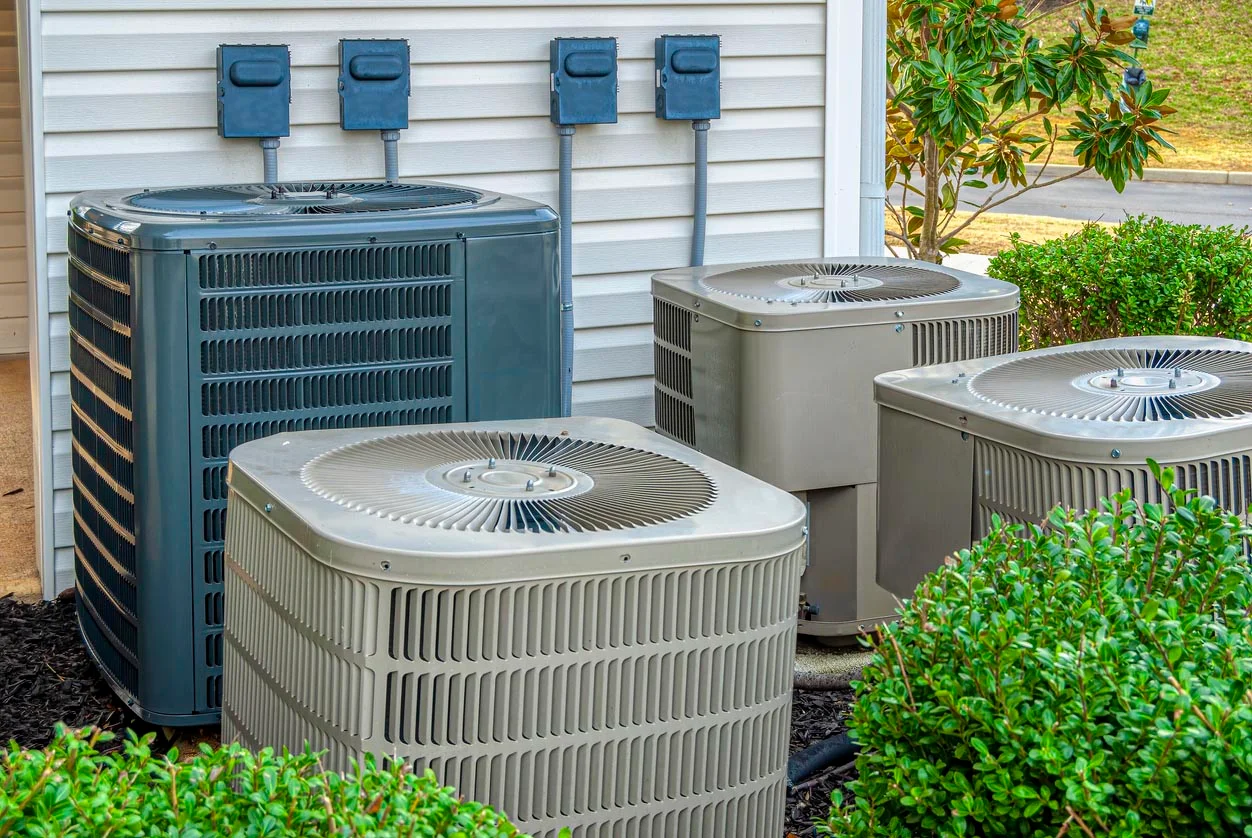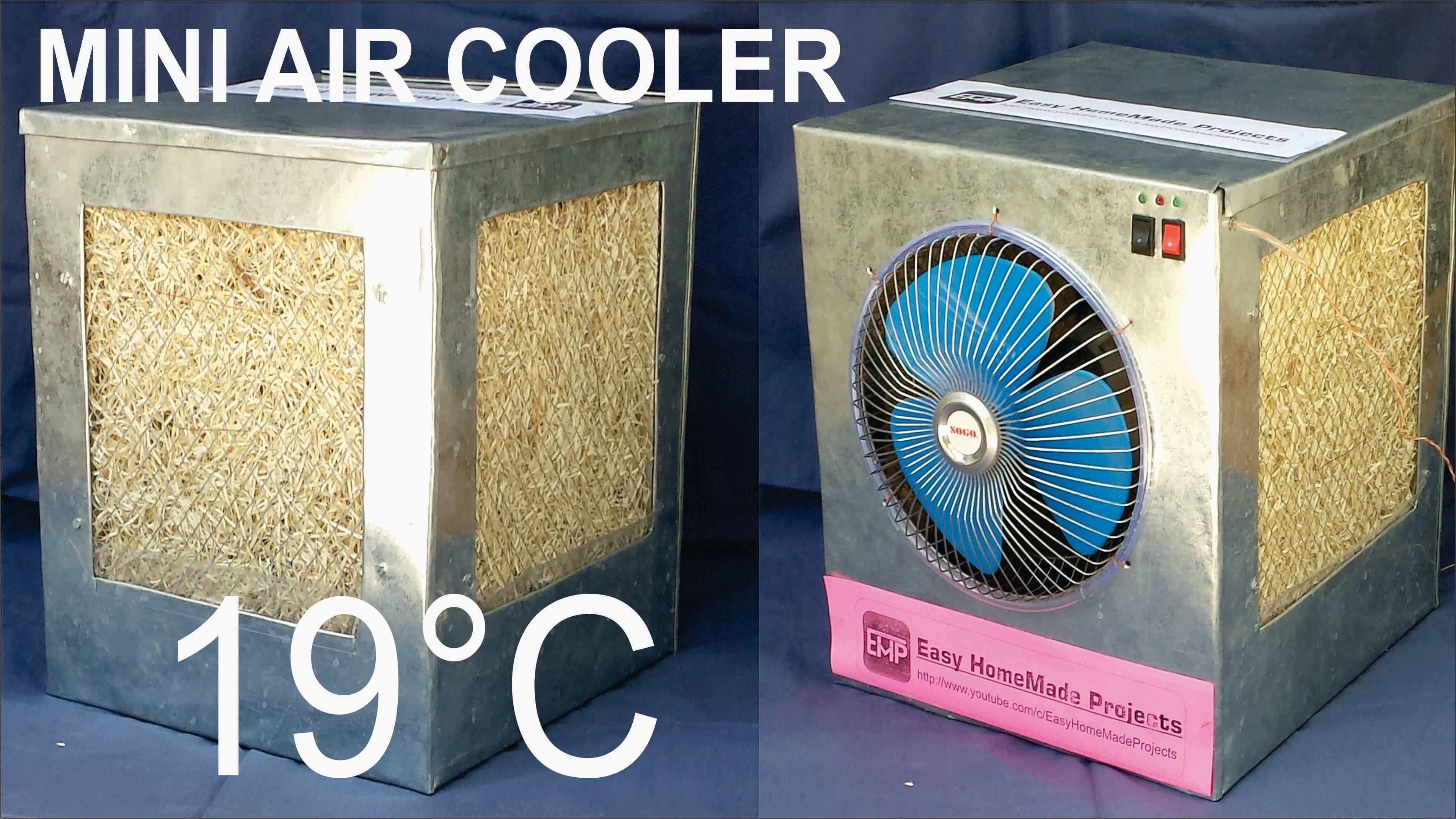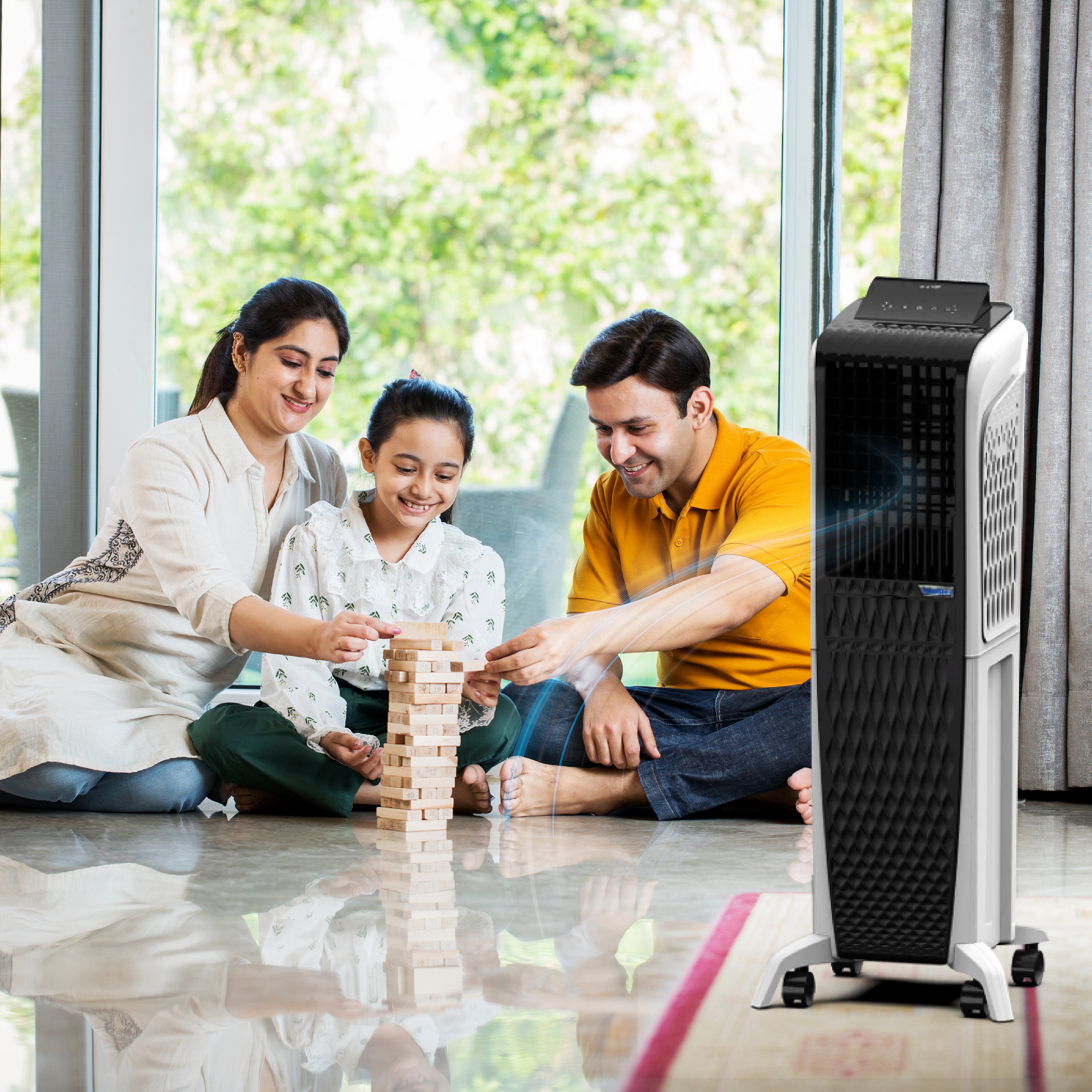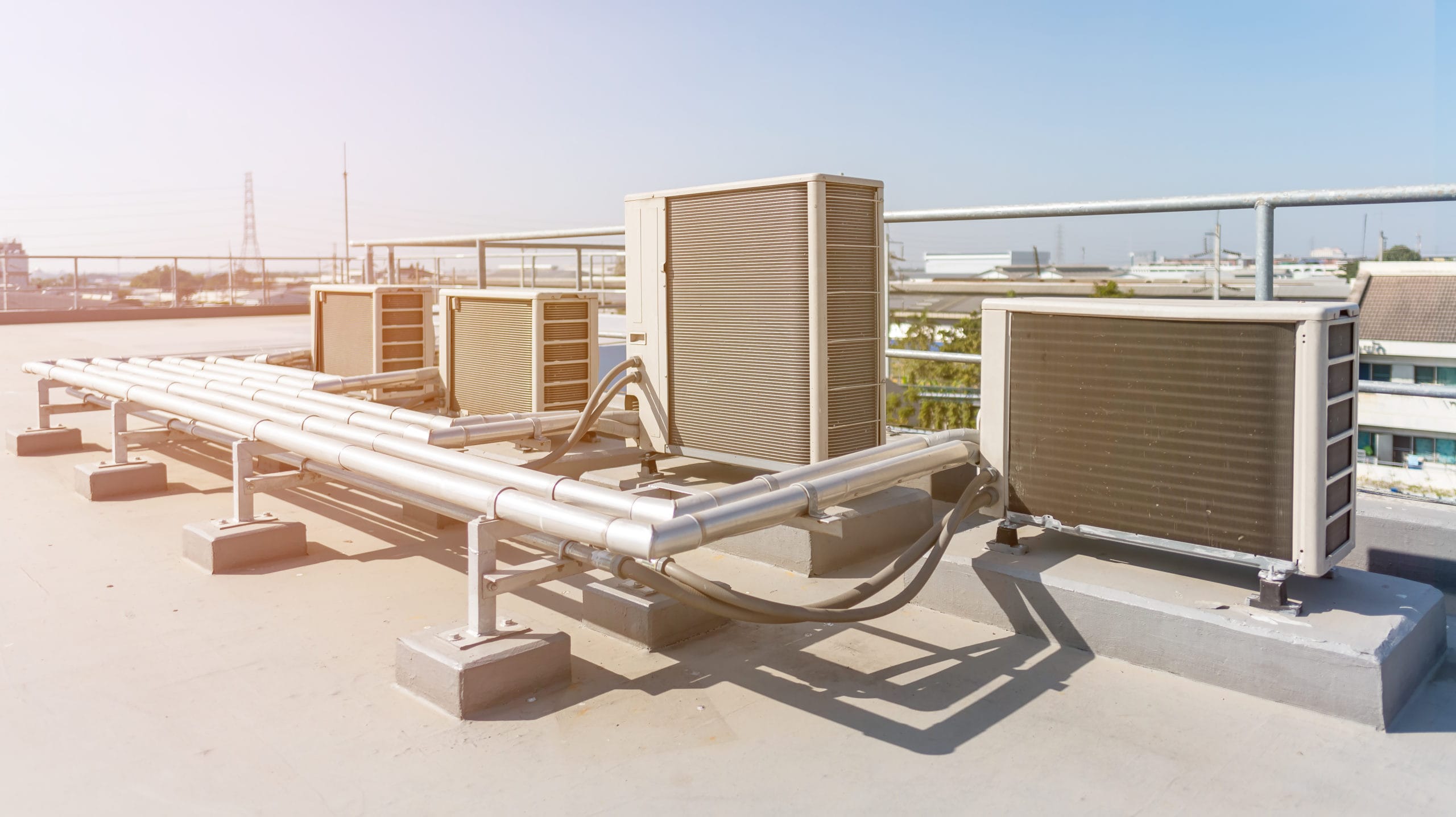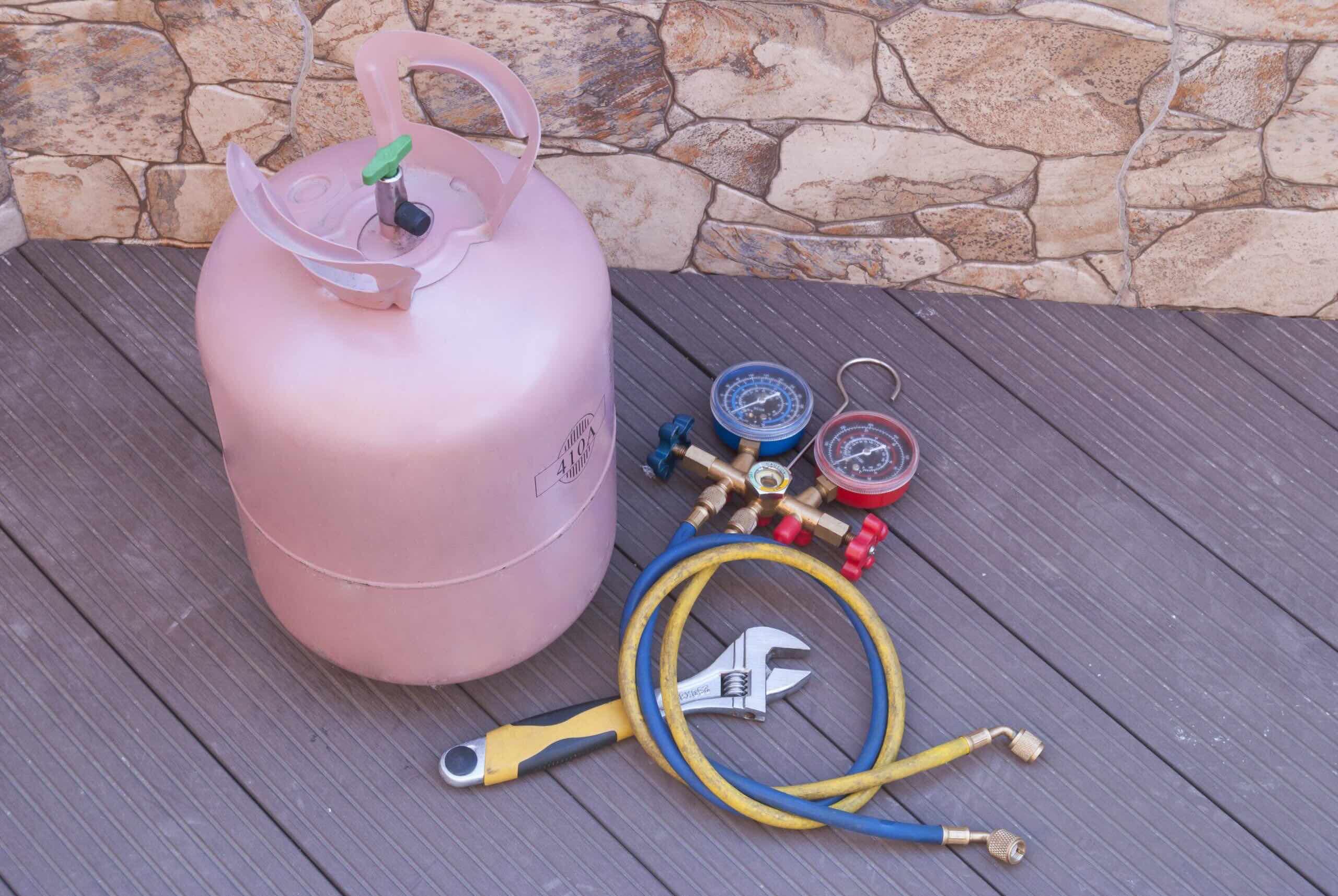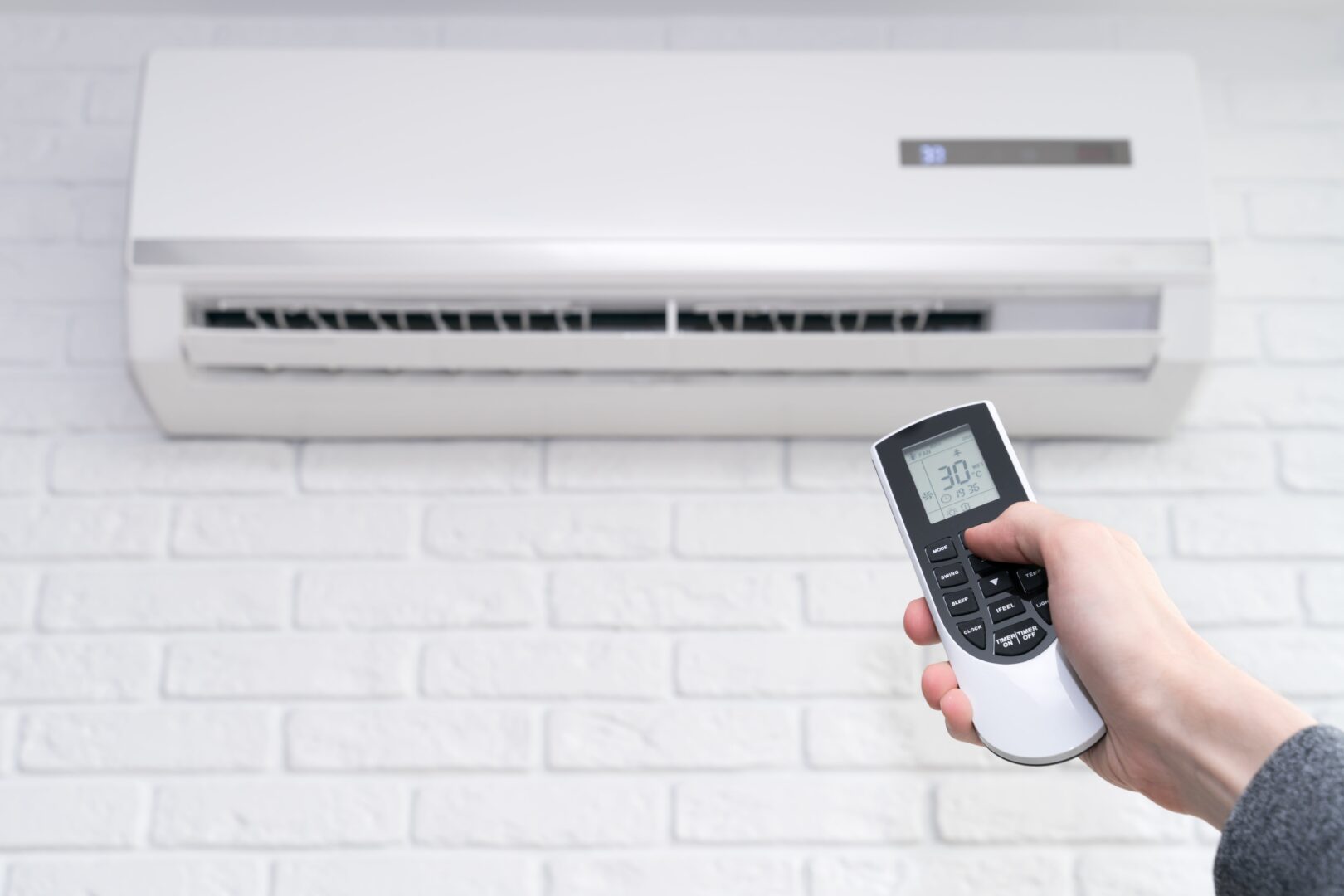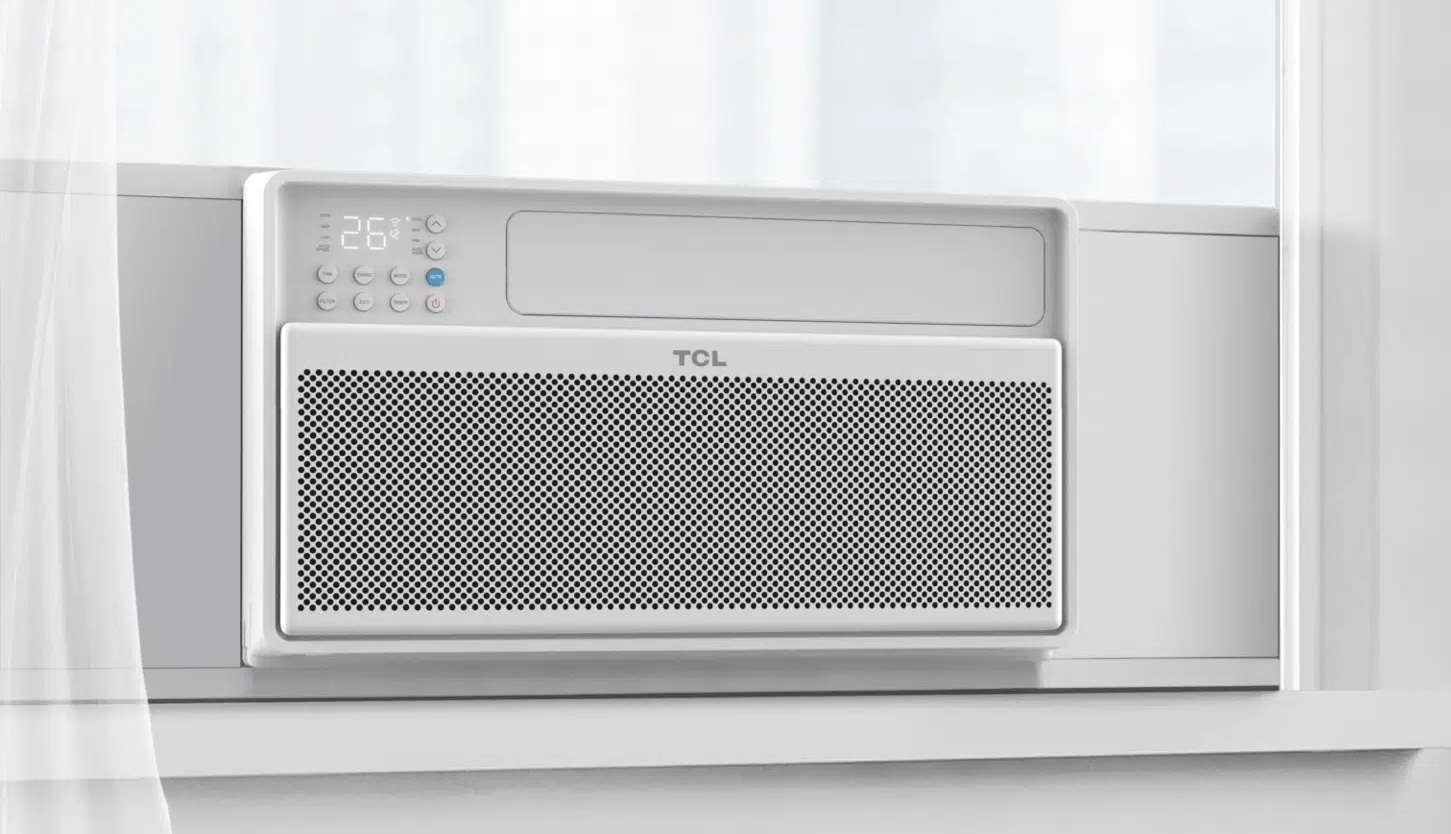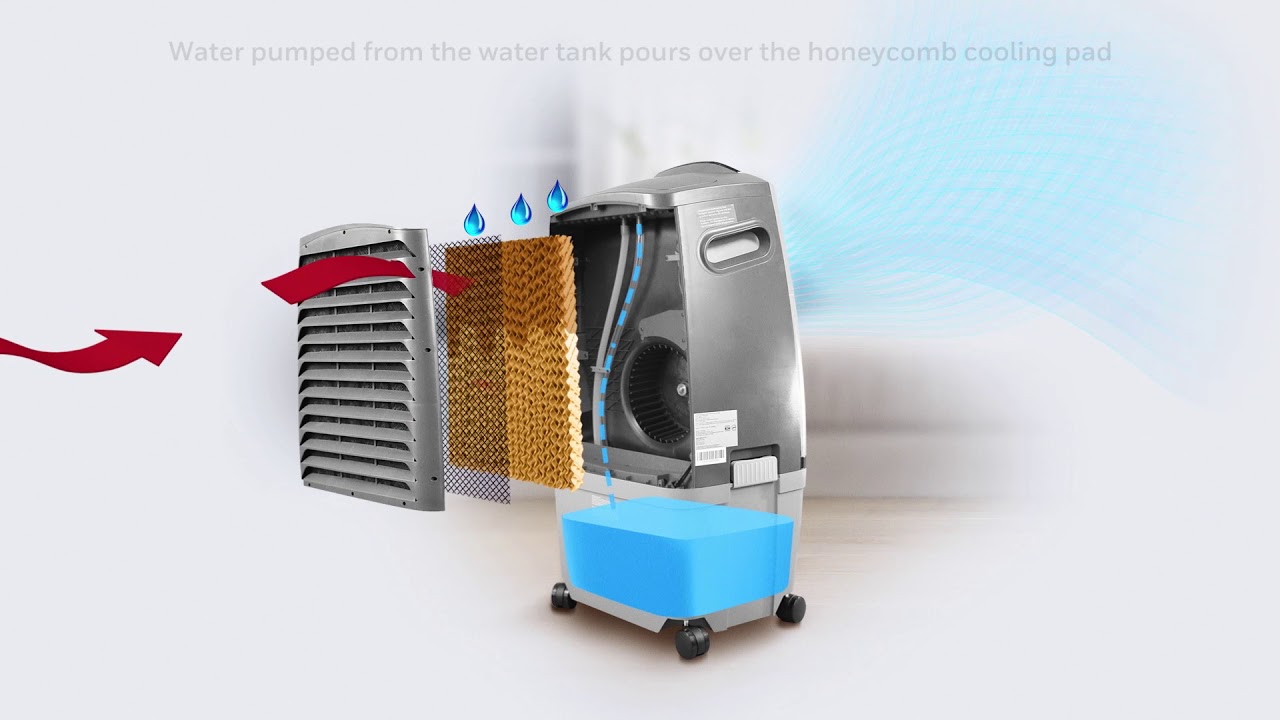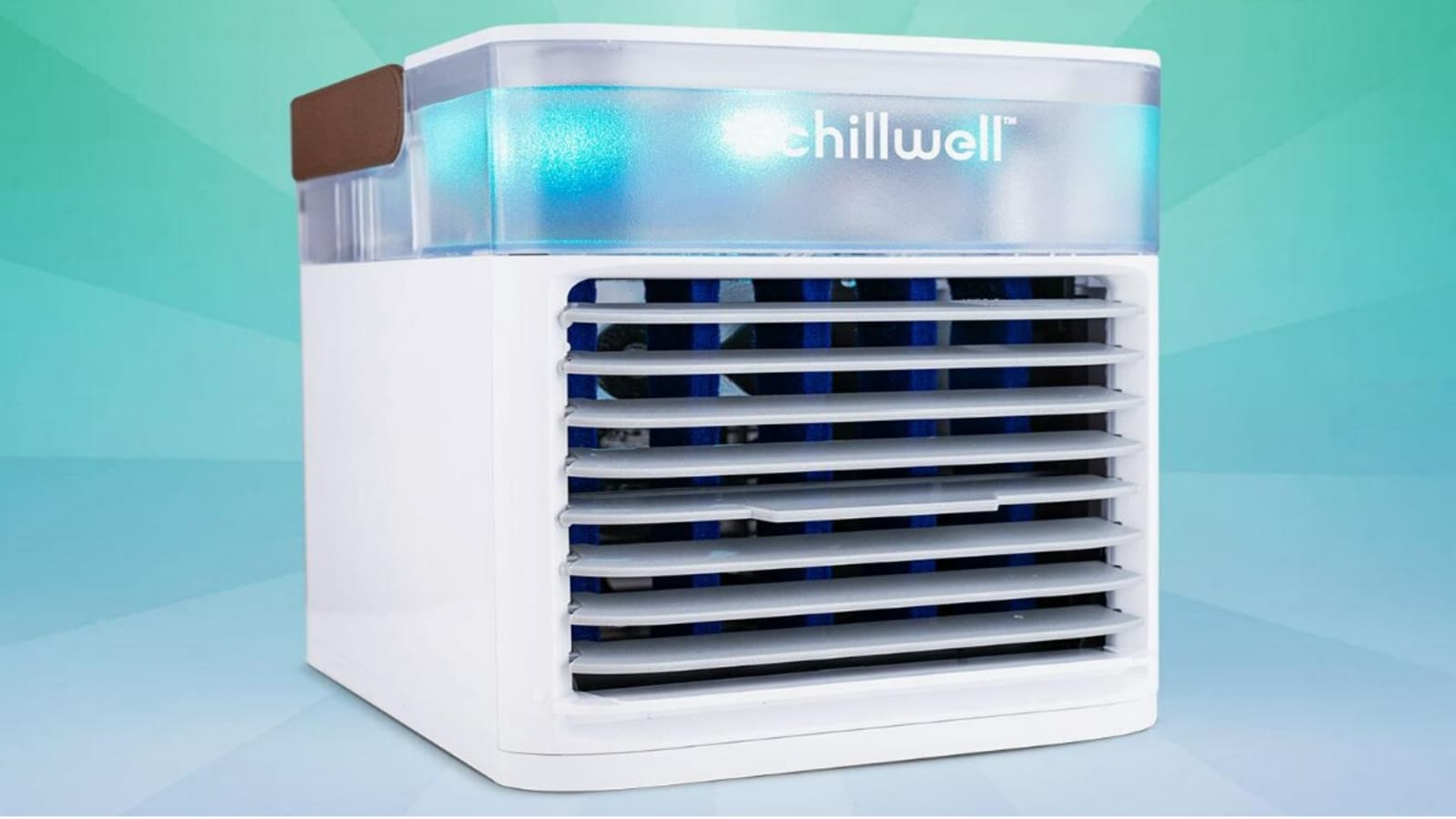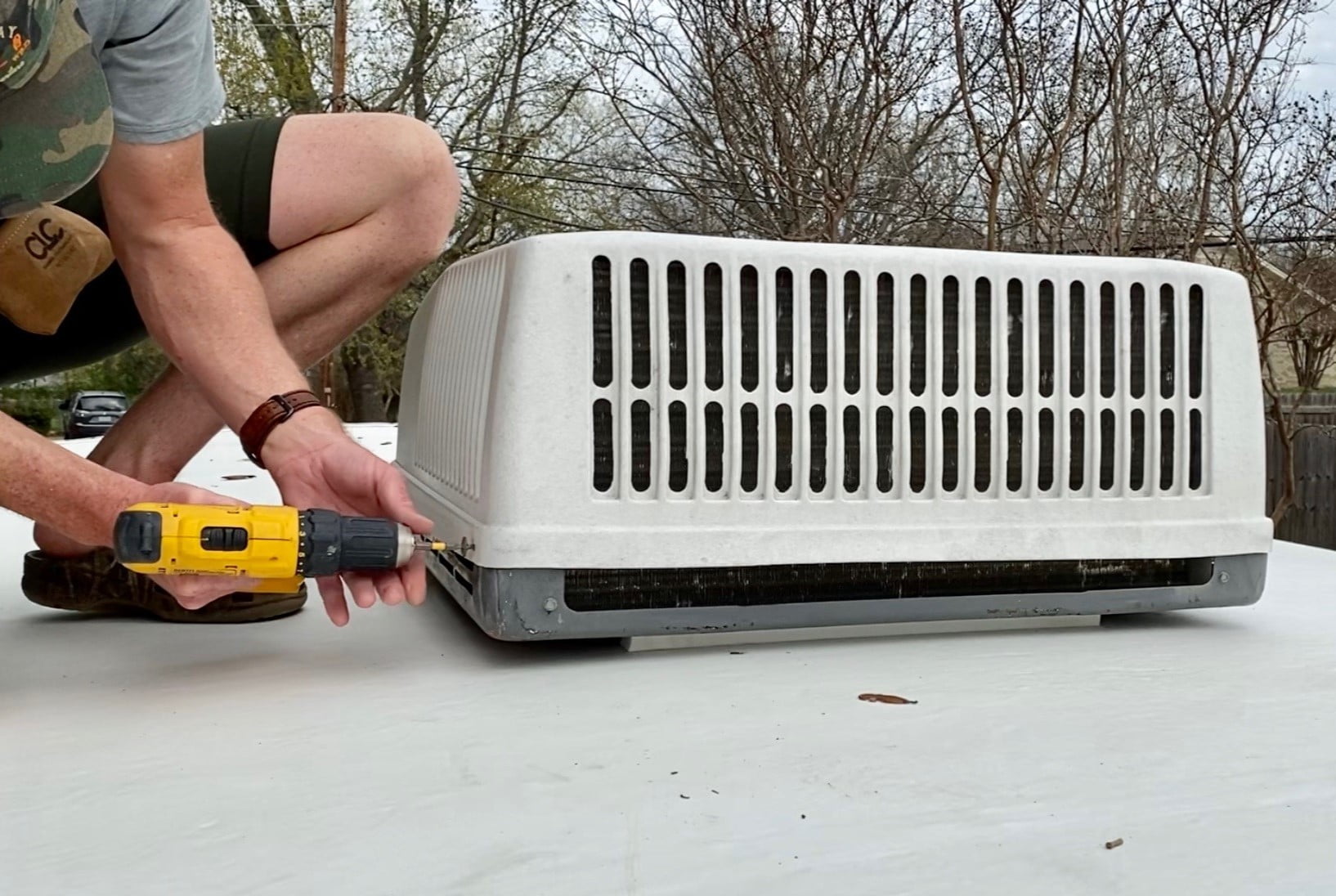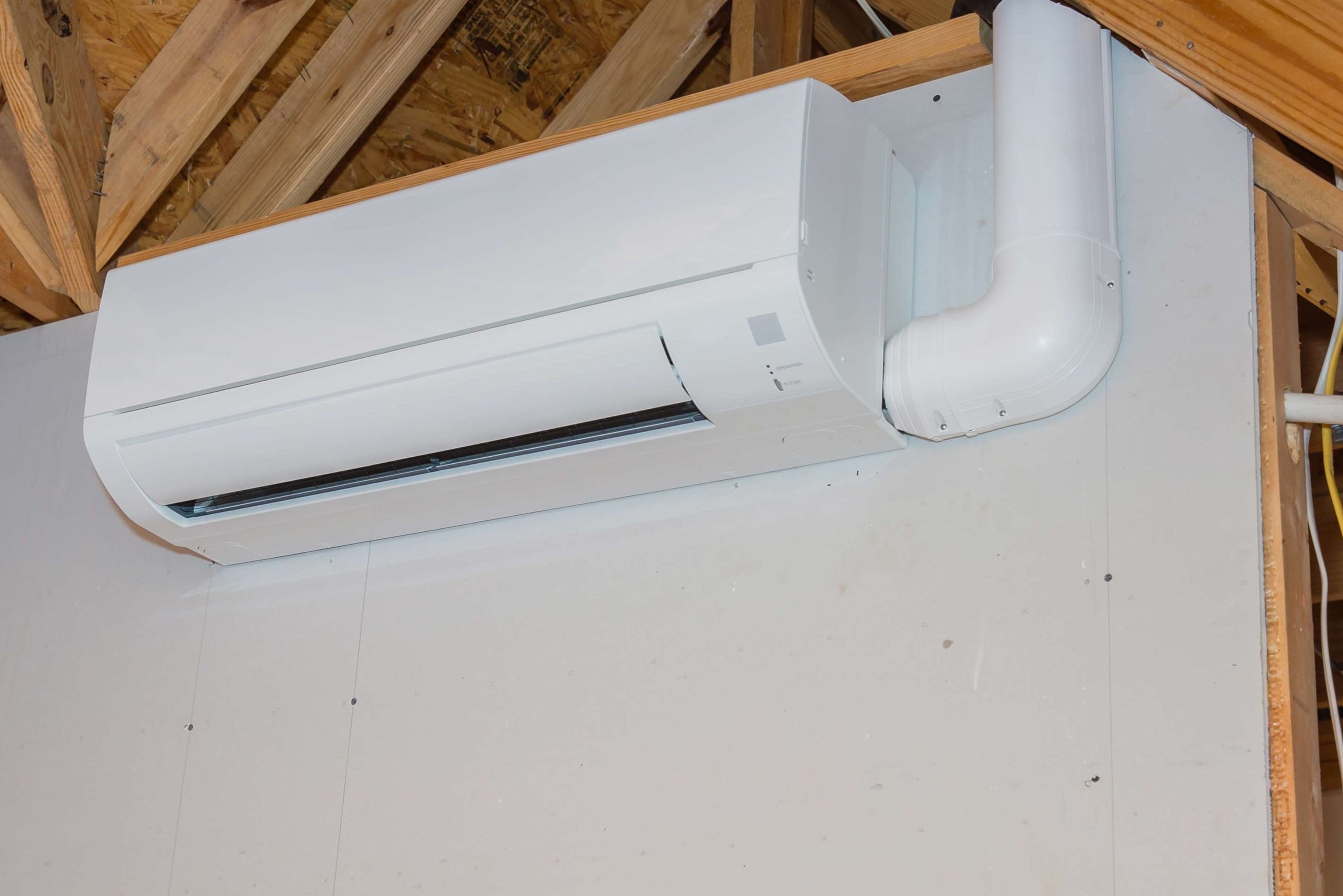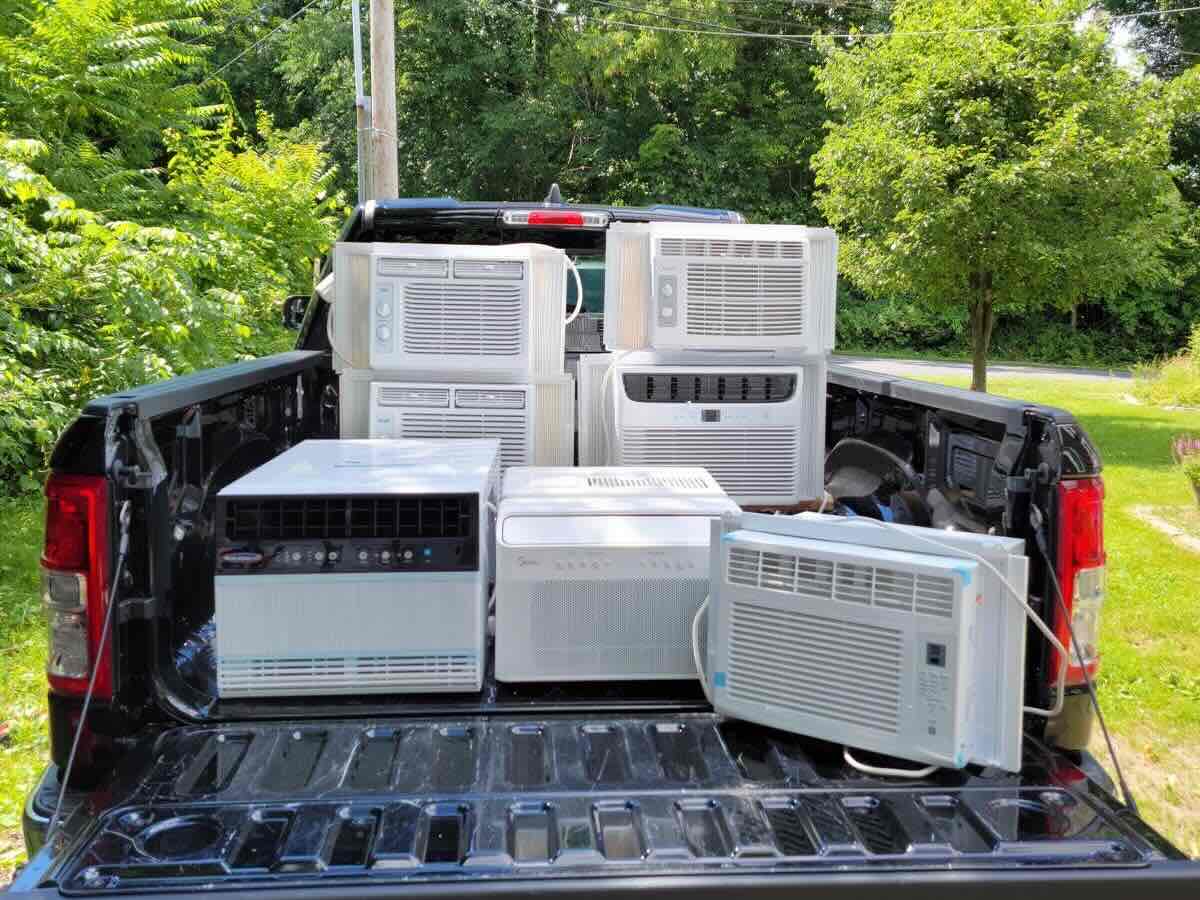Home>Home Maintenance>What Is A Swamp Cooler Air Conditioner
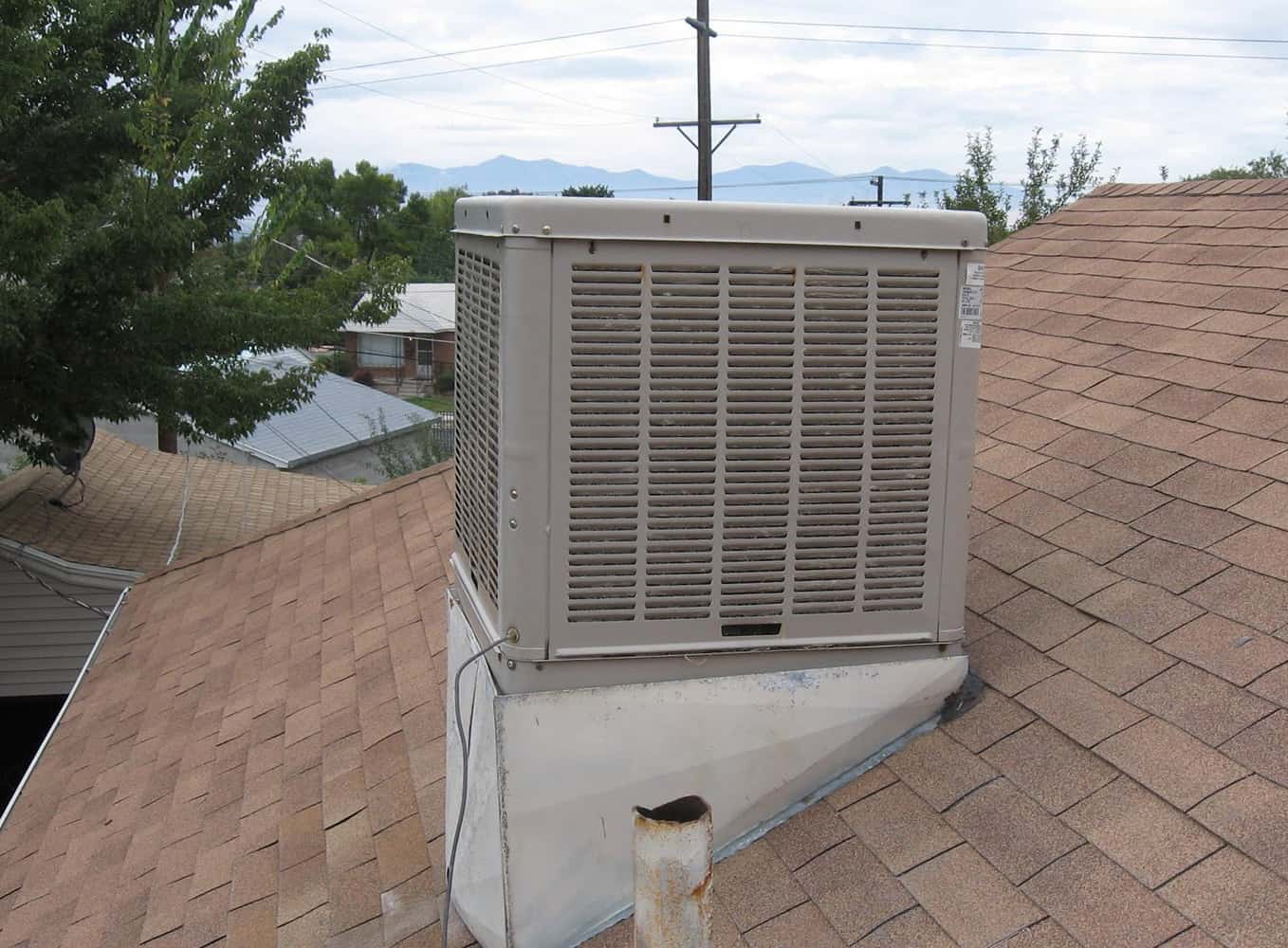

Home Maintenance
What Is A Swamp Cooler Air Conditioner
Modified: March 7, 2024
Learn all about swamp cooler air conditioners and how they can help you stay cool during hot summer months. Discover the benefits of this efficient and cost-effective home maintenance solution.
(Many of the links in this article redirect to a specific reviewed product. Your purchase of these products through affiliate links helps to generate commission for Storables.com, at no extra cost. Learn more)
Introduction
Welcome to the world of home maintenance! In this article, we will delve into the fascinating world of swamp cooler air conditioners. You may be familiar with traditional air conditioners, but swamp coolers offer a unique and environmentally friendly alternative for cooling your home. Whether you’re seeking relief from the scorching summer heat or looking for a cost-effective cooling solution, swamp cooler air conditioners have got you covered.
But first, let’s clarify what exactly a swamp cooler air conditioner is. Also known as evaporative coolers, swamp coolers use the principle of evaporation to cool the air. Unlike traditional air conditioners, which rely on a refrigeration process, swamp coolers utilize the natural cooling power of water to create a refreshing indoor environment.
So, how do these swamp coolers work, and what sets them apart from their traditional counterparts? Let’s dive in and explore the inner workings and benefits of swamp cooler air conditioners.
Key Takeaways:
- Swamp cooler air conditioners use evaporation to cool air, making them energy-efficient and eco-friendly, but they work best in hot and dry climates due to their reliance on low humidity levels.
- Regular maintenance is crucial for optimal performance of swamp cooler air conditioners, including cleaning or replacing evaporative pads, checking the water reservoir, and inspecting the pump and fan.
Read also: 11 Amazing Swamp Cooler Thermostat For 2024
Definition of Swamp Cooler Air Conditioner
A swamp cooler air conditioner, also known as an evaporative cooler, is a cooling device that uses the process of evaporation to lower the temperature of the air in a room or building. Unlike traditional air conditioners that rely on refrigeration, swamp coolers work by drawing in warm air from the outside and passing it through a series of moistened pads. As the warm air passes through these pads, the water evaporates, absorbing heat and reducing the temperature of the air that is then circulated back into the space.
Swamp coolers are often used in dry and arid climates where the air is hot and dry. The evaporative cooling process used by swamp coolers adds moisture to the air, increasing humidity levels in the room. This can be beneficial in areas where dry air can cause discomfort and respiratory issues. It’s important to note that swamp coolers are not suitable for humid climates, as they can worsen the humidity levels.
Swamp coolers are typically installed in windows, roofs, or walls of buildings, and they come in various sizes to accommodate different room or building sizes. They are commonly used in residential homes, commercial buildings, and outdoor spaces such as patios or garages.
Now that we have a clear understanding of what a swamp cooler air conditioner is, let’s move on to explore how these innovative devices actually work.
How Swamp Cooler Air Conditioners Work
Swamp cooler air conditioners rely on the natural process of evaporation to cool the air. They consist of a few key components that work together to create a cooling effect:
- Water Reservoir: A swamp cooler has a water reservoir, which holds the water that will be used for the evaporation process. The reservoir is typically located at the bottom of the unit and is filled manually or automatically through a connected water supply.
- Pump: The pump is responsible for circulating water from the reservoir to the evaporative pads. It ensures a consistent supply of water for effective cooling.
- Evaporative Pads: These pads are made of a special, absorbent material that retains water. They are positioned in front of the cooling unit and are saturated with water from the reservoir. When the unit is turned on, warm air from the outside is drawn in and forced through the moistened pads. The water evaporates as it comes in contact with the hot air, causing the temperature to drop.
- Blower: The blower is responsible for pulling air from the outside and pushing it through the evaporative pads. This creates airflow and ensures that the cooled air is distributed throughout the room or building.
- Ventilation: To maintain a consistent flow of cool air, swamp coolers require proper ventilation. This can be achieved by leaving windows or doors partially open to allow the warm air to be pushed out while the cool air is being circulated inside. The fresh outdoor air continuously replaces the stale indoor air, creating a comfortable and refreshed environment.
It’s important to note that the effectiveness of a swamp cooler air conditioner is influenced by the ambient temperature and humidity levels. Since the cooling process relies on evaporation, swamp coolers work most efficiently in hot and dry climates. In areas with high humidity, the cooling effect may be less noticeable, and excessive moisture can create a damp and uncomfortable environment.
In the next section, we’ll explore the benefits of using a swamp cooler air conditioner in your home or office.
Benefits of Using a Swamp Cooler Air Conditioner
Swamp cooler air conditioners offer several advantages over traditional air conditioning systems. Here are some of the key benefits:
- Energy Efficient: Swamp coolers consume significantly less energy compared to traditional air conditioners. They only require electricity to power the fans and pumps, making them a cost-effective cooling solution for households and businesses.
- Eco-Friendly: Since swamp coolers do not rely on refrigerants or harmful chemicals, they have a lower impact on the environment. They use water as a cooling medium and release moisture into the air, increasing humidity levels and promoting a healthier indoor environment.
- Natural and Fresh Air: The evaporative cooling method employed by swamp coolers brings in fresh outdoor air into your home or office. This constant circulation of fresh air helps eliminate odors and improves overall air quality.
- Lower Installation and Maintenance Costs: Swamp coolers are generally more affordable to install compared to traditional air conditioning systems. They also have fewer mechanical components, reducing the risk of costly repairs and maintenance. Additionally, cleaning and maintaining swamp coolers is relatively simple, with periodic filter replacements and regular cleaning of the pads.
- Increased Humidity: In dry climates, swamp coolers add moisture to the air, increasing humidity levels. This can alleviate dry skin, dry eyes, and other discomforts associated with low humidity.
- Operational Flexibility: Swamp coolers can be used in both residential and commercial spaces. They are effective in cooling specific zones or entire buildings, depending on the size of the unit installed. Some models even offer the option to use the fan function independently without the water-cooling feature.
It’s important to note that while swamp cooler air conditioners have numerous benefits, they may not be suitable for all climates or cooling requirements. In the next section, we’ll discuss the limitations and drawbacks of using swamp coolers.
Drawbacks and Limitations of Swamp Cooler Air Conditioners
While swamp cooler air conditioners offer many benefits, they also have some limitations and drawbacks to consider:
- Dependence on Climate: Swamp coolers work best in hot and dry climates. In areas with high humidity, the cooling effect may be less effective, and excess moisture in the air can make the indoor environment feel damp and uncomfortable.
- Water Consumption: Swamp coolers require a constant supply of water for the evaporation process. This means that depending on usage, they can consume a significant amount of water. It’s important to monitor water levels and ensure responsible water usage.
- Limited Cooling Range: Swamp coolers are most effective in smaller spaces. They may struggle to cool large rooms or multi-story buildings, as the cooling effect diminishes with distance from the unit.
- No Temperature Control: Unlike traditional air conditioners that can be set to a specific temperature, swamp coolers do not have precise temperature control. The temperature reduction is dependent on multiple factors, including humidity levels and outdoor temperature.
- Regular Maintenance: Like any cooling system, swamp coolers require regular maintenance to ensure optimal performance. This includes cleaning or replacing the evaporative pads, checking and cleaning the water reservoir, and inspecting the pump and fan for any issues.
- Seasonal Usage: Swamp coolers are primarily used during the hot summer months. In colder seasons, they may not be suitable for use since they introduce moisture to the air and can make the indoor environment feel too humid and uncomfortable.
It’s important to consider these drawbacks and limitations when deciding whether a swamp cooler air conditioner is the right choice for your specific needs and climate conditions.
Next, let’s explore the different types of swamp cooler air conditioners available in the market.
A swamp cooler, also known as an evaporative cooler, uses water evaporation to cool the air. It’s a cost-effective and energy-efficient alternative to traditional air conditioning, but works best in dry climates.
Different Types of Swamp Cooler Air Conditioners
Swamp cooler air conditioners come in various types and sizes to accommodate different cooling needs. Here are some of the common types:
- Window Mounted Units: These swamp coolers are designed to be installed in a standard window opening. They are compact and ideal for cooling individual rooms or small spaces. Window mounted units are easy to install and offer convenient access for maintenance and filter replacement.
- Rooftop Units: As the name suggests, rooftop swamp coolers are installed on the roof of the building. They are suitable for cooling large spaces or multiple rooms. Rooftop units require professional installation and are often used in commercial buildings, warehouses, or large residential properties.
- Portable Units: Portable swamp cooler air conditioners are versatile and easily movable. They come with wheels for easy transportation and can be used in different rooms or areas as needed. Portable units require a power source and a water supply or reservoir.
- Ducted Units: Ducted swamp cooler systems are connected to ductwork and distribute cool air throughout the building using vents or registers. These systems are ideal for larger homes or commercial spaces with existing duct systems in place. Ducted units provide centralized cooling and can be controlled using a thermostat.
- Indoor/Outdoor Units: Indoor/outdoor swamp cooler air conditioners are designed to be used both indoors and outdoors. They offer flexibility and can be mounted on walls or used as standalone units. These units are commonly used in outdoor spaces such as patios, garages, or workshops.
When selecting a swamp cooler air conditioner, consider your cooling needs, available installation options, and the size of the space you want to cool. Consulting with a professional can help determine the most suitable type of swamp cooler for your specific requirements.
Now that we’ve explored the different types of swamp cooler air conditioners, let’s move on to discussing key features to consider when choosing one.
Key Features to Consider when Choosing a Swamp Cooler Air Conditioner
When selecting a swamp cooler air conditioner, there are several important features and factors to consider. Here are some key considerations to help guide your decision:
- Cooling Capacity: The cooling capacity of a swamp cooler is measured in CFM (Cubic Feet per Minute). It indicates the volume of air that the unit can cool in a given time. Consider the size of the area you need to cool and choose a swamp cooler with a suitable CFM rating.
- Size and Portability: Determine if you need a compact window unit, a larger rooftop unit, or a portable unit that can be moved around easily. Consider the available space and installation options for your specific needs.
- Water Usage: Evaluate the unit’s water usage and the capacity of the water reservoir. A larger reservoir will require less frequent refilling, while a unit with higher water consumption may not be ideal if water availability is a concern.
- Noise Level: Some swamp coolers can produce noise during operation. Consider the noise tolerance level and choose a unit with lower decibel ratings if noise is a concern, especially if you plan to use the cooler in bedrooms or quiet areas.
- Control Options: Look for units with user-friendly controls, including adjustable fan speeds, timer settings, and thermostat controls. These features offer convenient customization and allow you to maintain optimal comfort.
- Energy Efficiency: Check for swamp coolers with an energy-efficient design. Look for units with an Energy Star certification, as they have been tested and proven to meet strict efficiency standards.
- Maintenance and Filter Access: Consider the ease of maintenance and filter replacement. Look for units with accessible pads or filters that can be easily cleaned or replaced. This will ensure proper functioning and longevity of the cooler.
- Brand Reputation and Warranty: Research the reputation of different brands and read customer reviews to gauge reliability. Additionally, consider the length and coverage of the warranty offered to protect your investment.
Considering these features will help you select a swamp cooler air conditioner that suits your cooling needs, space, and budget. Remember to prioritize the features that are most important to you and consult with professionals if needed.
Now that we’ve covered the key features to consider, let’s explore the maintenance and care tips for swamp cooler air conditioners.
Maintenance and Care Tips for Swamp Cooler Air Conditioners
Maintaining and caring for your swamp cooler air conditioner is essential to keep it running efficiently and ensure optimal performance. Here are some maintenance tips to help you get the most out of your cooling system:
- Regular Cleaning: Clean the exterior of the unit regularly to remove dust, debris, and any buildup. A simple wipe down with a damp cloth can help keep the unit looking clean and well-maintained.
- Clean or Replace Evaporative Pads: Over time, evaporative pads can accumulate mineral deposits and debris, hindering their effectiveness. Clean the pads regularly according to the manufacturer’s instructions, or if they become visibly dirty or clogged. In some cases, you may need to replace the pads altogether.
- Check and Clean Water Reservoir: It’s important to regularly check the water reservoir for any sediment or buildup. If you notice any debris, empty the reservoir and clean it thoroughly. This helps prevent clogs and ensures clean water is being used for cooling.
- Inspect the Pump: Check the pump for any signs of damage or wear. Ensure that it is functioning properly and circulating water effectively. Replace the pump if necessary, following the manufacturer’s guidelines.
- Monitor Water Levels: Regularly check the water level in the reservoir and ensure it is at an appropriate level. Maintain a consistent water supply to ensure efficient cooling. Adjust the water level as needed, following the manufacturer’s recommendations.
- Replace Filters: If your swamp cooler has a filter, regularly clean or replace it according to the manufacturer’s instructions. Dirty filters can impede airflow and reduce the cooling capacity of the unit.
- Inspect the Fan: Check the fan blades for any dirt or debris buildup. Clean off any accumulated dust to ensure the fan operates smoothly and efficiently. Lubricate the fan motor as per manufacturer recommendations, if required.
- Seasonal Shutdown and Startup: Before the cooler season ends, properly shut down the swamp cooler, draining the water from the system, and cleaning or storing the pads. Before starting the cooler season, perform a thorough inspection, clean the pads, and ensure all components are in working order.
It’s important to follow the manufacturer’s guidelines for maintenance and care specific to your swamp cooler air conditioner. Regular maintenance not only ensures optimal cooling performance but also extends the lifespan of your unit.
In the next section, we’ll compare swamp coolers to traditional air conditioners, giving you a better understanding of their similarities and differences.
Comparison: Swamp Coolers vs Traditional Air Conditioners
When it comes to cooling your home or office, you have two primary options: swamp coolers and traditional air conditioners. Let’s compare these two cooling systems to understand their similarities and differences:
1. Cooling Method:
- Swamp Cooler: Swamp coolers rely on evaporative cooling, where warm air is passed through moistened pads to reduce its temperature through evaporation. They add moisture to the air, increasing humidity levels in dry climates.
- Traditional Air Conditioner: Traditional air conditioners use a refrigeration process to cool the air. They extract heat from indoor air and expel it outdoors, resulting in a decrease in temperature.
2. Energy Efficiency:
- Swamp Cooler: Swamp coolers are known for their energy efficiency. They consume considerably less electricity compared to traditional air conditioners, making them a more cost-effective and environmentally friendly option.
- Traditional Air Conditioner: While modern air conditioners have made significant improvements in energy efficiency, they generally consume more energy than swamp coolers due to the refrigeration process.
3. Climate Suitability:
- Swamp Cooler: Swamp coolers work best in hot and dry climates. They rely on low humidity levels for effective cooling. In areas with high humidity, the cooling effect may be less noticeable, and excess moisture can make the indoor environment feel damp and uncomfortable.
- Traditional Air Conditioner: Traditional air conditioners are more suitable for a variety of climates, including areas with high humidity. They can effectively cool spaces in different weather conditions.
4. Air Quality:
- Swamp Cooler: Swamp coolers add moisture to the air, increasing humidity levels and improving air quality. They also pull in and filter outdoor air, providing a fresh and natural indoor environment.
- Traditional Air Conditioner: Traditional air conditioners do not add moisture to the air. However, they have filters that can remove particles and allergens, improving air quality to some extent.
5. Installation and Maintenance:
- Swamp Cooler: Swamp coolers are generally easier to install and maintain. They have fewer mechanical components, reducing the risk of complex repairs. Regular maintenance includes cleaning or replacing evaporative pads and ensuring a clean water supply.
- Traditional Air Conditioner: Traditional air conditioners require professional installation and typically have more sophisticated components. Maintenance may involve cleaning or replacing filters, checking refrigerant levels, and ensuring proper functioning of the compressor and other parts.
Ultimately, the choice between a swamp cooler and a traditional air conditioner depends on factors such as climate, energy efficiency, and personal preferences. Consider the specific needs of your space and consult with HVAC professionals to determine the best cooling solution for your home or office.
Now that we’ve compared these cooling systems, let’s wrap up our discussion.
Read more: What Is An Evaporative Air Conditioner
Conclusion
Swamp cooler air conditioners offer a unique and environmentally friendly approach to cooling your home or office. They harness the power of evaporation to provide efficient and cost-effective cooling, making them a popular choice in hot and dry climates. However, it’s important to consider their limitations, such as their dependence on low humidity levels and their suitability for smaller spaces.
When selecting a swamp cooler, consider factors like cooling capacity, size, water usage, noise level, and energy efficiency. Regular maintenance is crucial for optimal performance, including cleaning or replacing evaporative pads, checking the water reservoir, and inspecting the pump and fan.
While swamp coolers have their advantages, traditional air conditioners still have their place, particularly in climates with high humidity or larger cooling requirements. Traditional air conditioners rely on a refrigeration process to cool the air and offer precise temperature control, but they require professional installation and typically consume more energy.
Ultimately, the choice between a swamp cooler and a traditional air conditioner depends on your specific needs, climate conditions, and personal preferences. Assess the factors that are important to you, consult professionals if needed, and make an informed decision that suits your cooling requirements and budget.
Remember, whether you opt for a swamp cooler or a traditional air conditioner, regular maintenance and care are essential for prolonging the lifespan and ensuring optimal performance of your cooling system, keeping you cool and comfortable for years to come.
Frequently Asked Questions about What Is A Swamp Cooler Air Conditioner
Was this page helpful?
At Storables.com, we guarantee accurate and reliable information. Our content, validated by Expert Board Contributors, is crafted following stringent Editorial Policies. We're committed to providing you with well-researched, expert-backed insights for all your informational needs.
